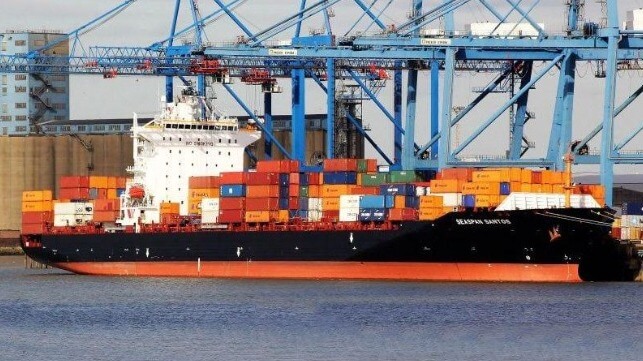Seaspan Locks Up Financing for 70-Ship, $7.6B Newbuild Program

Boxship leasing company Seaspan Corporation has secured the final tranche of financing for its ambitious plan to order 70 vessels for long-term charter. The program is projected to cost a massive $7.6 billion, and it includes vessels with a capacity ranging between 7,000-24,000 TEU.
The company, a wholly-owned subsidiary of Atlas Corp., announced that it has secured $1.4 billion through structured financing from South Korean and Japanese lenders. Proceeds from the final tranche will go towards the financing of ten 15,000 TEU LNG dual-fuel newbuild vessels.
“We have now concluded binding financing arrangements for our full newbuild program, solidifying our long-term liquidity,” said Graham Talbot, Atlas and Seaspan CFO.
He added that creativity and strong global partnerships allowed the company to bring the financing structure to fruition, improving its credit quality and equity returns through long-tenor and remarkably low-cost funding.
The financing combines two ship finance structures. The first is a set of export credit agency backed loans supported by the Korea Trade Insurance Corporation and the Export–Import Bank of Korea, which is additionally providing a direct funding tranche.
The second is a sale-leaseback arrangements under special Japanese lease contracts. These provide Seaspan with long-tenor financing covering construction through to 12 years after delivery. They also increase the diversification of funding sources, including Japanese equity and syndicated bank loans.
Seaspan currently operates a fleet of 134 vessels with a total capacity of 1,156,800 TEU. It has 67 vessels under construction, increasing total capacity to 1,959,200 TEU.
As an example of Seaspan's business model, in November the company took delivery of two 12,200 TEU containerships, which immediately began 18-year charters with a major liner customer. Seaspan says that it lines up both financing and long-term charter arrangements before placing an order, locking in cash flow to cover the cost of its debt.
